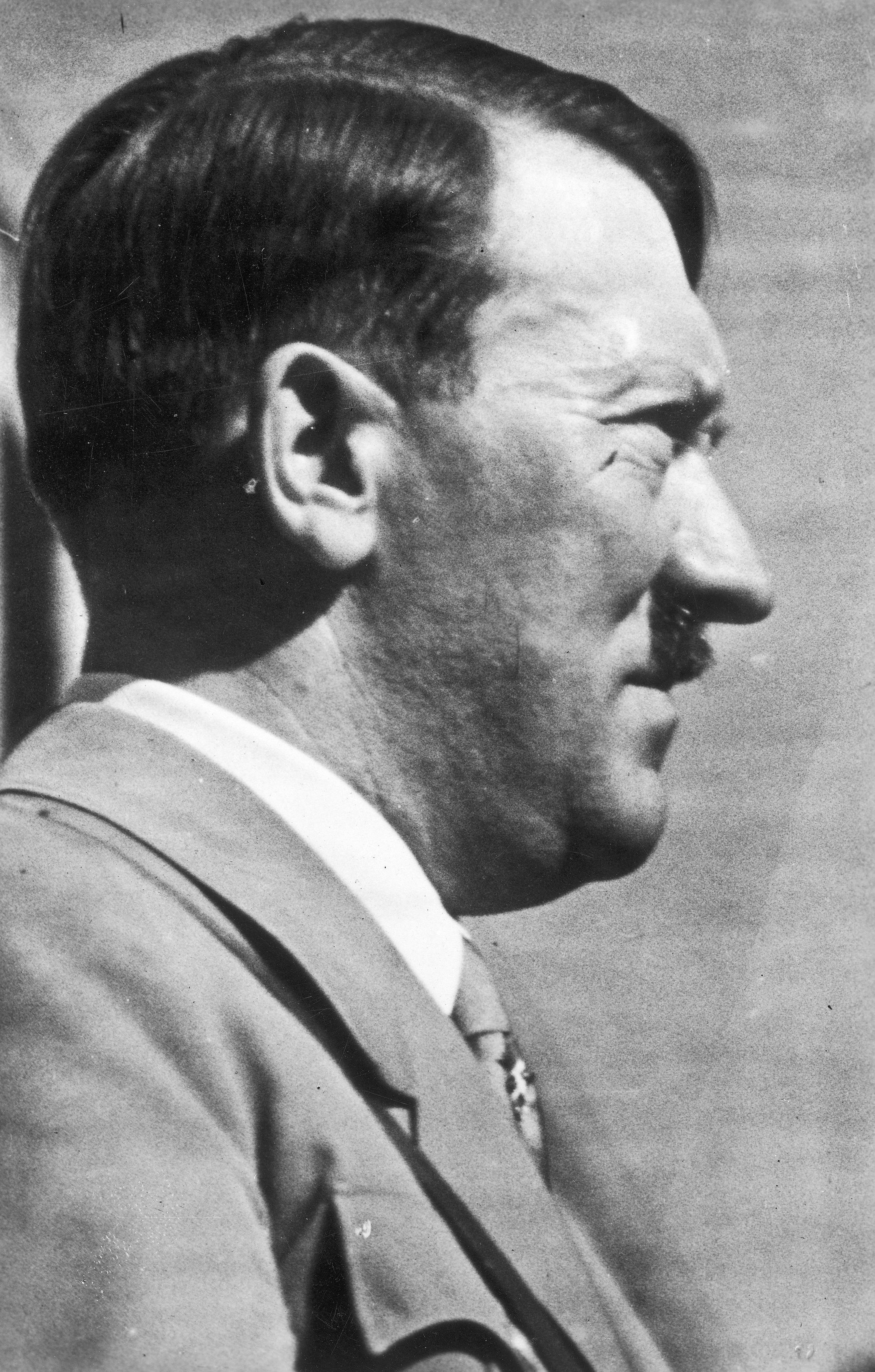Early Life (1889-1907)
Birth and Family Background
Adolf Hitler was born on April 20, 1889, in Braunau am Inn, Upper Austria, then part of the Austro-Hungarian Empire. He was the fourth of six children of Alois Hitler and Klara Polzl. Only Adolf and his sister Paula survived into adulthood.
Childhood and Education
Raised in Linz, Austria, Hitler was an indifferent student and clashed with his authoritarian father. He left school at 16 with no formal qualifications. He already nurtured German nationalist sentiments and showed early interest in art, architecture, and classical history.
Formative Years in Vienna (1907-1913)
Attempt to Become an Artist
Hitler moved to Vienna in 1907 but was rejected twice by the Academy of Fine Arts. He lived in poverty and painted postcards for income.
Development of Ideology
In Vienna, he developed intense German nationalist views, anti-Semitism, and
hatred of Marxism-ideas influenced by Karl Lueger and Georg Ritter von Schonerer.
World War I Service (1914-1918)
Hitler volunteered for the Bavarian Army in 1914 and served on the Western Front. He was twice wounded and awarded the Iron Cross First Class. Germany's defeat deeply affected him, reinforcing the belief that the nation was betrayed by Jews and Marxists.
Political Rise and Nazi Party Formation (1919-1923)
In 1919, Hitler joined the German Workers Party, later renamed the Nazi Party. His speaking skills quickly made him the party's main figure. He attempted a failed coup in 1923 (Beer Hall Putsch) and was imprisoned. In prison, he wrote Mein Kampf, outlining his ideology.
Path to Power (1924-1933)
Following the Great Depression, Nazi propaganda gained traction. In 1933, Hitler was appointed Chancellor. Using the Reichstag Fire and the Enabling Act, he eliminated democracy and became Fuhrer after President Hindenburg's death.
Dictatorship and Totalitarian Regime (1933-1939)
Hitler consolidated power through propaganda, mass rallies, and suppression of opposition. Anti-Semitic policies escalated: the Nuremberg Laws (1935) and Kristallnacht (1938) signaled worsening persecution. The groundwork for the Holocaust was laid.
World War II (1939-1945)
Germany invaded Poland on September 1, 1939, triggering WWII. Hitler's forces quickly overran much of Europe. The 1941 invasion of the Soviet Union marked a turning point, leading to major German defeats. Hitler also declared war on the US, creating a global conflict.
By 1942, the Final Solution was underway. Nazi death camps like Auschwitz and Treblinka killed millions in the Holocaust.
Decline and Death (1944-1945)
Surviving an assassination attempt in July 1944, Hitler became more reclusive. As Soviet forces neared Berlin, he took refuge in his bunker. On April 29, 1945, he married Eva Braun. The next day, both committed suicide. Their bodies were burned per his instructions.
Legacy and Impact
Adolf Hitler's rule resulted in tens of millions of deaths, the devastation of Europe, and the Holocaust. His legacy is one of absolute tyranny, racial genocide, and catastrophic war. Understanding his life is vital to preventing the repetition of such atrocities.
Sources and Further Reading
- Mein Kampf by Adolf Hitler
- The Rise and Fall of the Third Reich by William L. Shirer
- Hitler: A Biography by Ian Kershaw
- United States Holocaust Memorial Museum
- Yad Vashem Holocaust Remembrance Center
- German Federal Archives
- Back to Research
- Back to Home page
